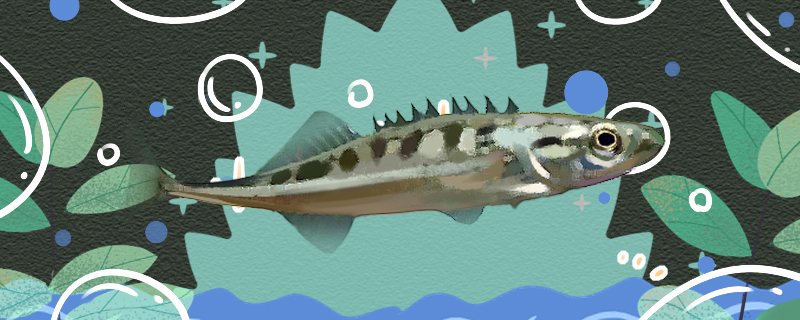
The Chinese nine-spined stickleback is named after the nine spines on its back and belongs to freshwater fish. After breeding, the males build their own nests and nurse their young. They are ornamental fish that can grow tenaciously in cold areas, like cold, and the optimal water temperature for embryonic development is 14-16 C. They have strict requirements for food, and it is still difficult to raise them.
1. Environment: The Chinese nine-spined stickleback likes to live in still water lakes. Their traces can also be found in river bends and places with more aquatic plants. Therefore, in aquaculture, it is better to choose a place where the water mobility is not strong and the environment is relatively quiet. In addition, it would be more appropriate to breed some aquatic plants in the water environment for them to hide and play. The frequency of water change need not be too high. In order to prevent water pollution, filters can be installed, but it should be noted that filters that will produce strong water flow can not be used. They like cold, do not need water with too high temperature, and pay attention to the control of temperature difference when changing water.
2. Feeding: They are carnivorous fish and do not eat feed. You can choose to feed live shrimp, frozen blood worms, red worms and other foods. When feeding, pay attention to timing, location, quality and quantity. Don't feed them too much at one time to prevent them from eating too much and wasting food. In addition, if fed too much, food residues will pollute the water environment, which is not conducive to their health.